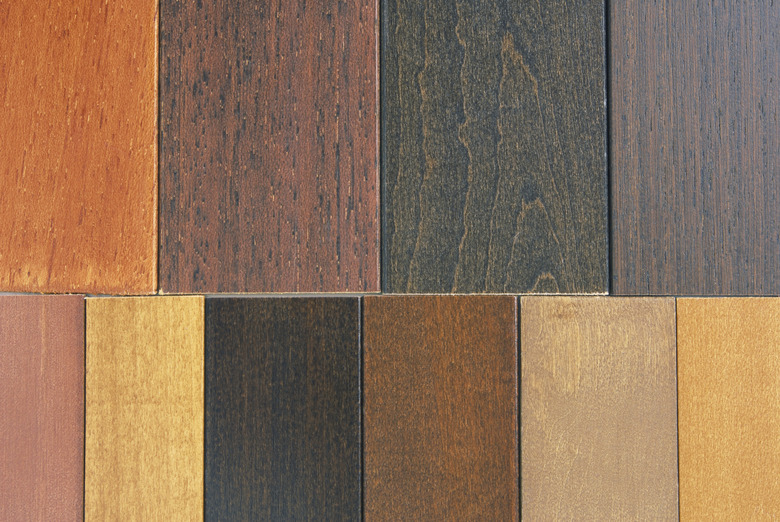Mahogany Vs. Cherry Wood
Cherry and mahogany both have a reddish tint, and to the untrained eye, they appear similar. But look closer, and you'll notice mahogany has close, straight grain lines. The grain lines in cherry wander, have more space between them and contain distinctive pitch pockets that add short streaks of black. Differences between cherry and mahogany include cost — cherry is less expensive — and origination, since cherry is a domestic hardwood and mahogany is imported.
The List
The List
The majority of mahogany is grown on plantations in Latin America and Africa. It has been widely exploited and is listed on the International Union for the Conservation of Nature's Red List for endangered species. The inclusion on the list limits the exporting of mahogany to certified, sustainable sources. Cherry is not listed as endangered and is widely available.
Mahogany Varieties
Mahogany Varieties
Mahogany goes by many names, including Honduran, Big leaf, Mexican and Brazilian. The combined species are typically referred to as genuine mahogany. Another variety, African mahogany, is usually more expensive but is similar enough in appearance to genuine mahogany that the distinction between African and genuine is sometimes ignored. Another variety — Philippine, also known as lauan or meranti — is a cheaper version of mahogany. It's recognized by a light gray color — instead of the reddish tint of the others. The density, quality and affordability of Philippine mahogany is typically less than genuine or African. If you request mahogany generically, it's likely you'll receive genuine mahogany.
Cherry Varieties
Cherry Varieties
Cherry, also referred to as American cherry, wild black cherry, rum cherry and mountain black cherry, is a native of the eastern United States. Black cherry, as it is most commonly referred to, is the largest of the native cherries and the only one commercially harvested for lumber.
Working Properties
Working Properties
Mahogany and cherry share similar resistance to decay, bugs and density. On the Janka scale, which ranks wood density, cherry ranks 950, mahogany ranks 900, a difference so slight that it can barely be noticed. Cherry is one of the favorite all-around woods for workability. Mahogany is also very easy to work with but tends to splinter if grain patterns turn. Cherry can blotch when stained if sealer is not applied. Mahogany stains evenly without sealer.
Color and Grain
Color and Grain
The colors of mahogany and cherry bear a resemblance. Both species are reddish, but mahogany leans to orange tints and can have brownish streaks. Cherry leans to purplish-brown tints, with a delicate pattern. Cherry is photo-reactive and darkens substantially in sunlight, even after a few days of exposure. Mahogany will darken naturally over long periods of time, but to a lesser-degree than cherry. The grain of mahogany is coarse. The grain of cherry is subtle.
